Parking on a Hill: How to Use the Parking Brake Properly to Protect Your Automatic Transmission
The right way to park on a slope with an automatic—one simple step that can save your transmission.
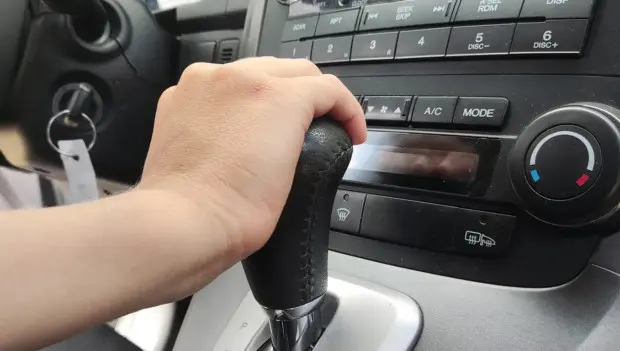
Even experienced drivers don’t always realize that parking incorrectly on an incline can put stress on the transmission and, in the worst case, lead to costly repairs. This is especially true for vehicles with automatic gearboxes. At first glance, it seems simple: shift into P and step out. But that’s exactly where the mistake lies—one that can damage the transmission over time.
The Park position locks the wheels using a small steel part inside the transmission called the “parking pawl.” On level ground this is safe. But on a slope, the entire weight of the vehicle presses against that small piece of metal. Over time it wears down, the shift lever starts to stick, and getting the car out of Park becomes increasingly difficult.
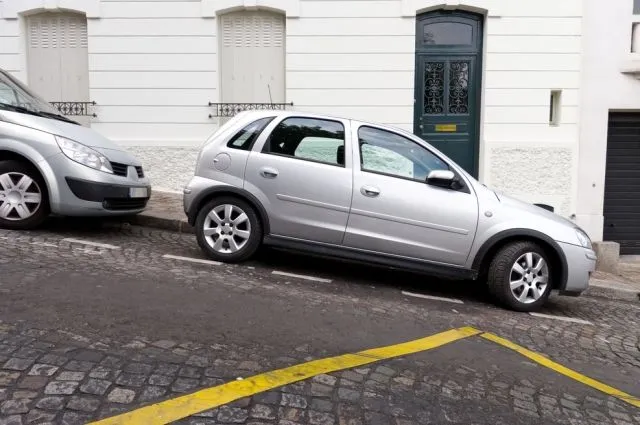
To relieve the pressure and keep an automatic transmission—whether a traditional automatic, CVT, or dual-clutch—working smoothly, here’s the proper sequence:
-
Come to a stop and keep the brake pedal pressed.
-
Shift the selector into Neutral (N).
-
Engage the parking brake—either the lever or the electronic brake, depending on the vehicle.
-
Release the brake pedal.
-
Wait for the car to “settle” slightly onto the parking brake—this means the load has shifted to the braking system, not the transmission.
-
Press the brake pedal again and move the selector into Park (P).
-
Release the brake pedal.
With this method, the car is secure on the incline, but the parking brake—not the transmission mechanism—bears the load.
One more tip: on a steep hill, it’s wise to turn your wheels toward the curb. That way, if the brake fails, the car will roll into the curb instead of downhill.
This sequence takes only a few seconds, but it makes the difference between a transmission that lasts trouble-free and one that fails early. Many transmission problems start with small mistakes in everyday use.
What’s your go-to move when parking on a steep hill?You may also be interested in the news:

If Zodiac Signs Were Cars: The All-Wheel-Drive Horoscope That’ll Take You Places
Or: Why This Horoscope Smells Like Gasoline, Personality, and a Little Bit of Therapy
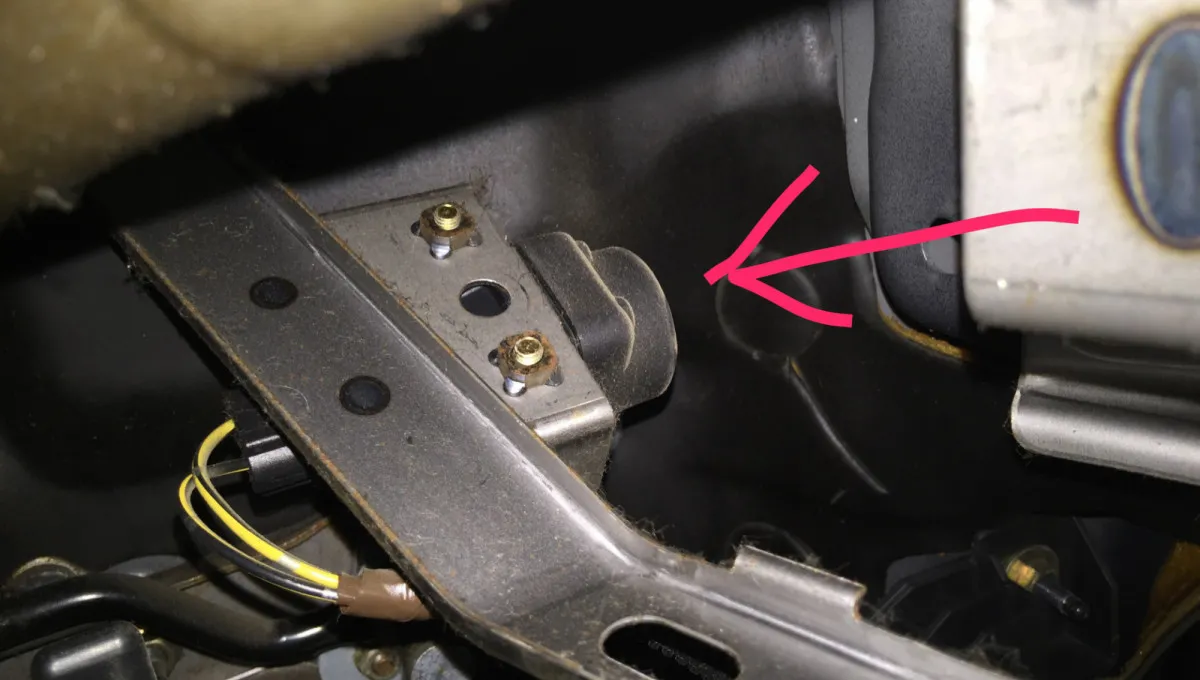
Mystery Button Hidden Under Most Car Dashboards — And Why So Many Drivers Don’t Know It Exists
Modern cars are packed with features and buttons whose purpose can be surprisingly hard to guess.
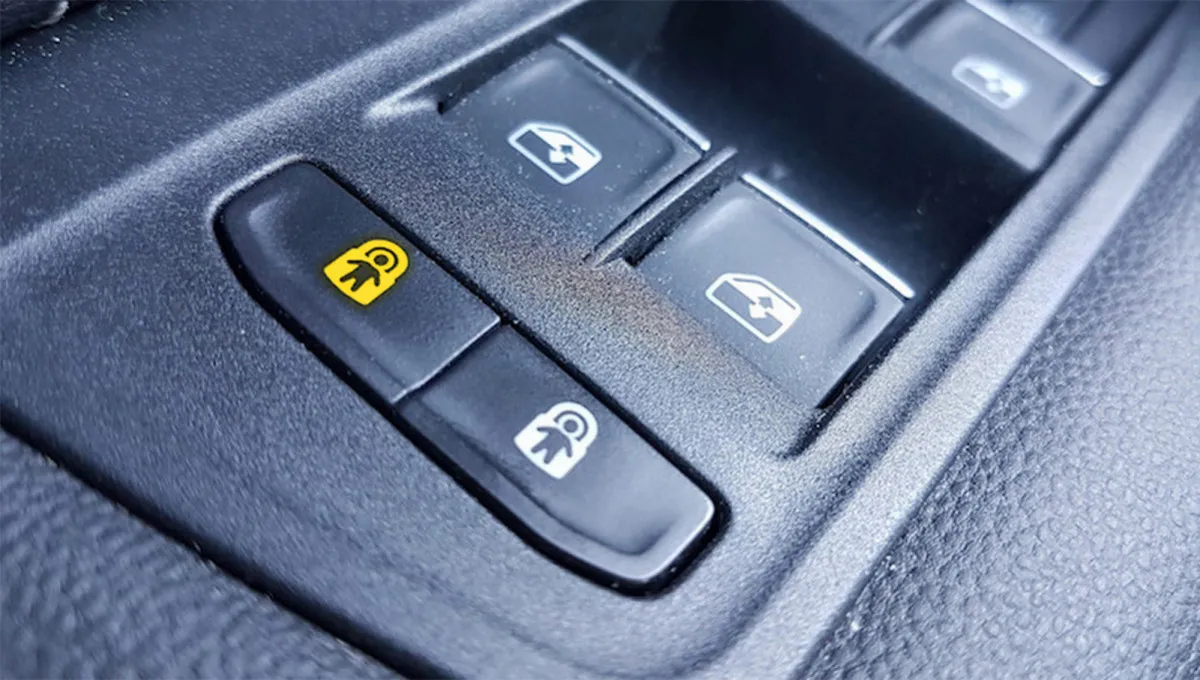
Astronaut Button: What This Mysterious Car Feature Actually Does
Some functions in a modern car make sense only after digging into the owner’s manual — and this little button is a perfect example.
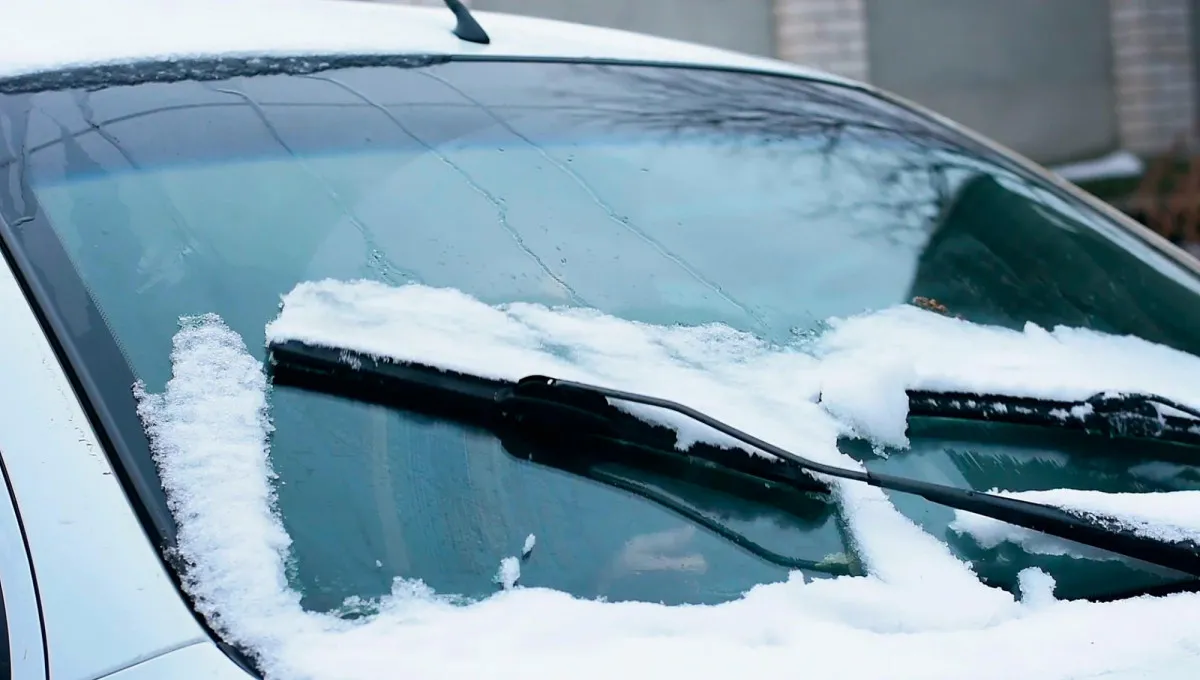
How to Activate Your Wipers’ “Winter Mode” — and Why It Exists
Many drivers can’t help wondering: is this a bug or a feature?
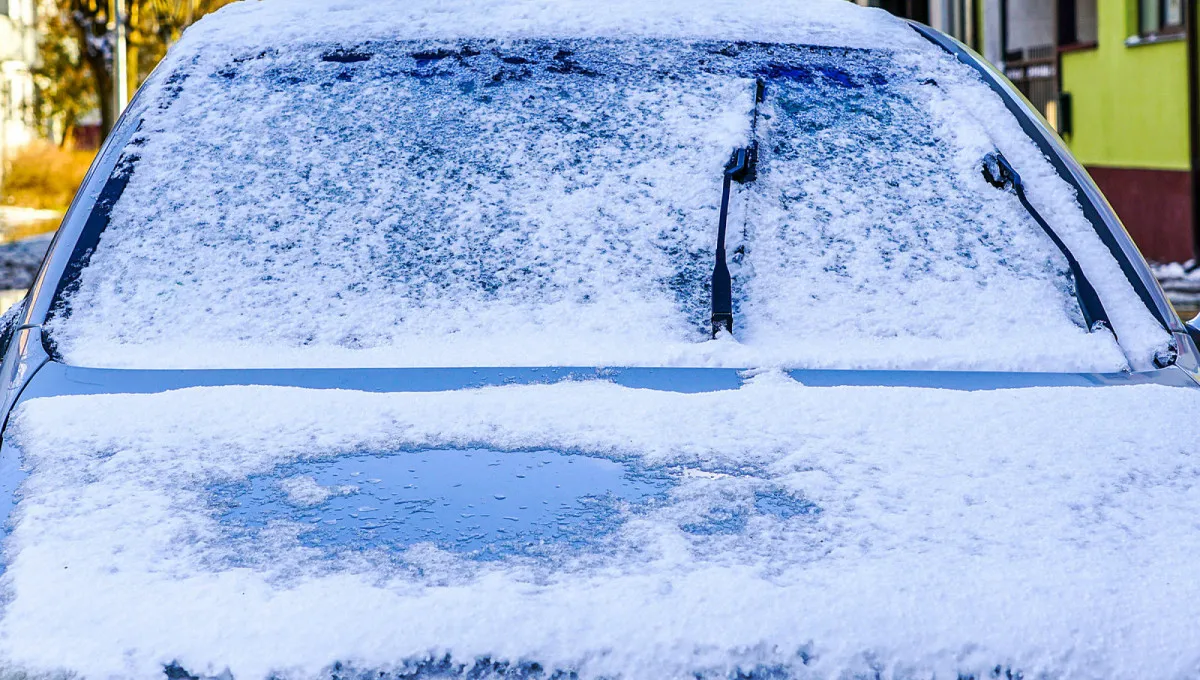
How to Protect Your Windshield from Ice: Helpful Tips and Personal Experience
How can you make sure your car’s windshield doesn’t turn into a sheet of ice overnight?